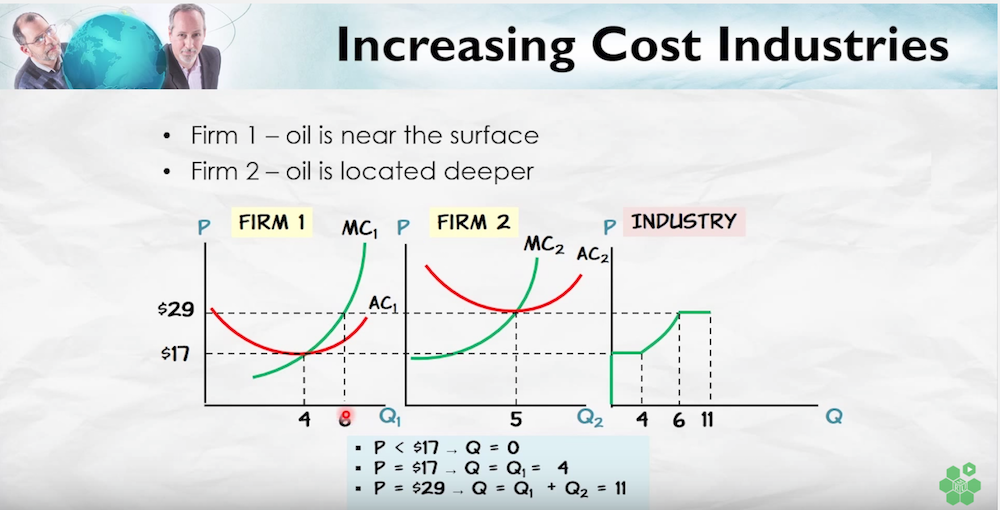October 03, 2017
September 26, 2017
Introduction to price discrimination
September 19, 2017
The costs and benefits of monopoly
September 12, 2017
The monopoly markup
Note: This is post #48 in a weekly video series on basic microeconomics.
Ever wonder why pharmaceuticals are so expensive? In this video by Marginal Revolution University, Alex Tabarrok shows how low elasticity of demand results in monopoly markups. Continue Reading...
September 05, 2017
How monopolies use market power to increase prices
August 29, 2017
The balance of industries and creative destruction
August 22, 2017
How the invisible hand reduces industry costs
August 15, 2017
Entry, exit, and supply curves: Constant costs
August 08, 2017
Entry, exit, and supply curves: Increasing Costs
Note: This is post #44 in a weekly video series on basic microeconomics.
As industry’s output increases, what happens to costs? Alex Tabarrok of Marginal Revolution University look at three options: an increasing cost industry, a constant cost industry, and a decreasing cost industry. Continue Reading...
August 01, 2017

